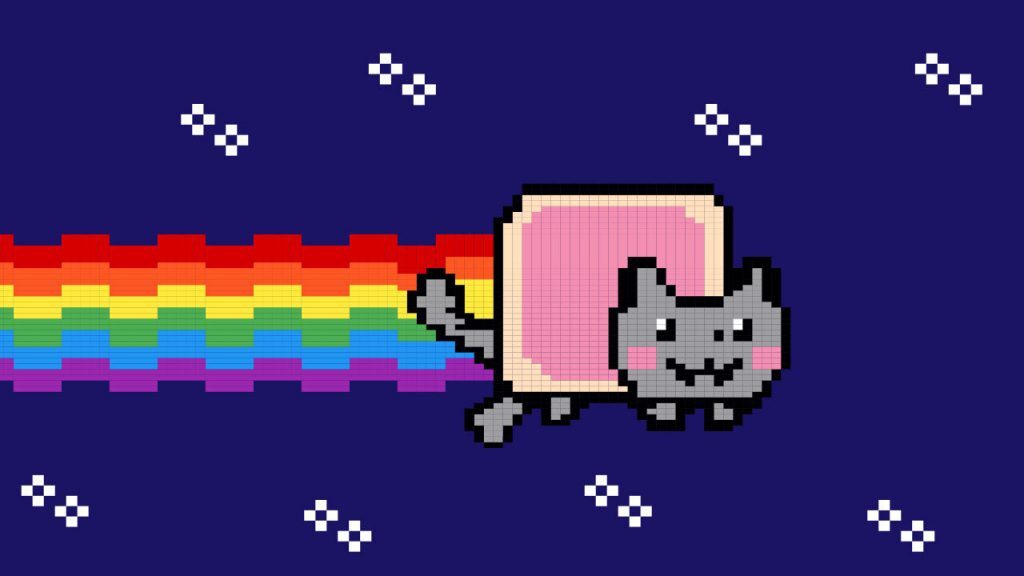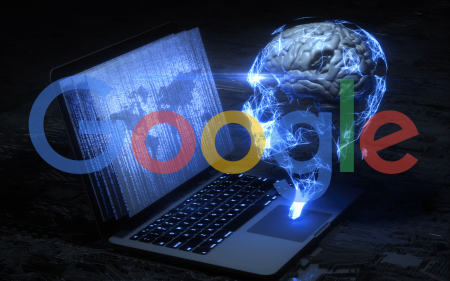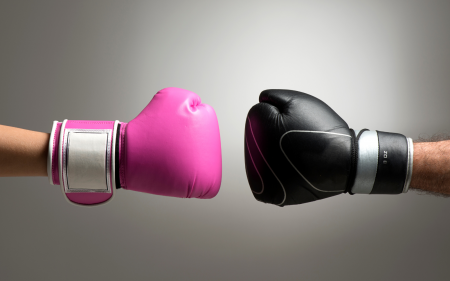If you haven’t already heard about them, non-fungible tokens (NFT) are the hottest new thing since, well, Clubhouse.
The audio-only app, which eschews recordings for live-only conversations, is perhaps a fitting comparison for NFTs and equally ethereal.
A non-fungible token is the closest thing we’ve gotten so far to creating ownership of something digital. A token is named for something on a blockchain, and as the name infers, it represents something. In this case a digital piece of art or music.
Fungible means something can be exchanged for something else of the same kind. A non-fungible token therefore is a kind of ownership token that can’t be swapped for something else. If you own the NFC of the new Banksy images that are flooding the market, then it’s legally yours.
Among the many things you can buy with NFTs are Twitter CEO Jack Dorsey’s first tweet (expected to reach $2.5m on auction) and art by Elon Musk’s girlfriend Grimes, of which she’s already sold $6m using NFTs. Kings of Leon have just released their new album via NFT.
But here’s the thing: because the items are digital, they can be copied. And technically, there’s nothing different about the copy from the original.
So why would someone pay $6.6m for a 10-second digital artwork if it can be copied? And especially if it only cost $67,000 last October when it was first bought with NFT.
“It should not be hard to see why digital artists are jumping on to the NFT movement: it is a chance for them to make tens or hundreds of thousands of dollars for artwork that many people class as mediocre at best,” The Observer newspaper accurately observed.
“Similarly, the motivation for the buyers and traders is surely grounded in getting rich quickly. Most cryptocurrencies have little to base their values on: bitcoin is barely used as a real-world currency – it is bought by people hoping it will be worth more in the future. Its value lies solely in the fact that other people value it.”
That is – inavertedly – a pretty good description of investing, be it NFTs, Bitcoin, tulips in 17th-century Netherlands, or art at any time through the ages.
I’m thrilled for the artists that they have an easy way to sell their art and get paid handsomely for it. My grandfather Rene was an artist who lived in the Chelsea Hotel and paid his rent in art at the famous New York establishment.
Zurich has a similar establishment, a bar and restaurant which fed the city’s artists and has a rich history of its benevolence on its walls. I had dinner with a Muro behind me.
There’s a regular refrain that hits the art world periodically about how “artists need to think like businesspeople”. No, they don’t. And they shouldn’t.
Artists need to think – and feel and create – like artists. That is their role in society. Art reflects society, as much as it informs and entertains us. If artists thought like businesspeople, they’d be businesspeople not artists.
It’s interesting how art and NFTs are therefore so intertwined as art reflects the token that allows it to be sold. But as The Observer accurately highlighted: “NFTs at least have some kind of scarcity and real-world link – however tenuous. So, in the middle of a blockchain boom, it’s a new and exciting outlet for speculative money.”
At least some of it is going the artists’ way.
This article first appeared in the Financial Mail.




